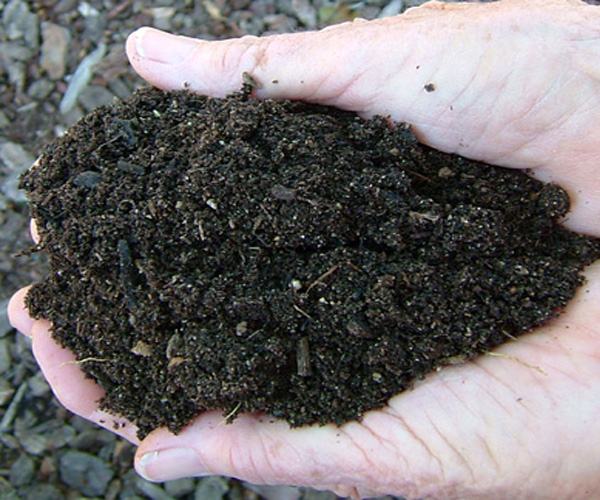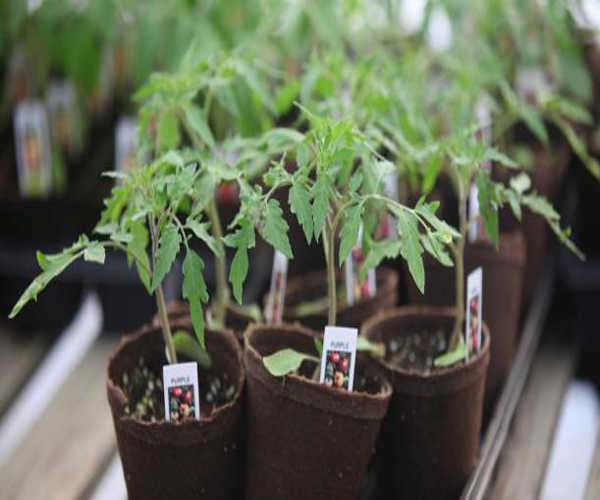
Gardening is quite a popular hobby. Today, with the growing awareness toward eco friendliness, more and more people are getting inclined toward gardening. Along with this particular positive aspect of gardening, it is also quite true that it is the most rewarding hobby where you grow something on your own and get rewarded in the form of beautiful flowers, plump, fresh fruits, and vegetables or thick and healthy foliage.
Kitchen garden is also a popular concept these days. The very idea of growing egg plants, tomatoes, spinach, beans, etc. in oneâs own garden brings pleasure. It needs some skills to build your own kitchen garden. This article presents the skilled techniques to proceed towards your desired direction.
1. Preparing the ground
When you prepare the ground for your kitchen, remember to choose a spot that is sheltered from wind, so that your seedlings do not get carried away by wind. Also ensure that the spot gets at least eight hours of sunlight. Dig up the area to break the chunks of soil underneath so that it does not prevent easy water seepage of water. Otherwise, your seedlings will rot due to clogged water. The area below the seed bed must also be levelled and uniform. Dig four even and levelled holes of about half to two feet in depth, on the four corners of the soil bed for making raised bed for the seedlings.
2. Building the Raised Beds
Get hold of four seasoned wooden measurements of 4 x 4 inches. The height must be of 8 inches. Set in each of the poles into the holes that you have dug, with cement. Ensure that the posts are properly aligned and are at equal heights and levels with each other. In order to keep away burrowing animals, install chicken wire throughout the entire area enclosed by the four posts. Set up a system of irrigation in your yet to be made kitchen garden by drawing in the garden hose pipe to the area from underneath the seed bed, to cross the chicken wire and reach the top of the soil level. Make walls in the middle of the poles by placing two longer wooden blocks measuring 8 inches in width and 2/3 inches in height on the two longer sides of your garden area. Stick black plastic on the inner surface of the wooden blocks to protect the soil from the chemicals in the wood. Attaching copper tapes along the top edges of the wall will keep away the slugs and snails from your garden. Finally, create a portable edge cushion by slitting open a five feet of thick pipe and setting it along the top edge of the walls.
3. Planting the Seedling
Concentrate on the north-south direction of your garden while you plant the seedlings. This is the area that gets maximum exposure to sunlight, which is integral for vegetable plants. The placement of your plants in the garden will be such that the taller trees are planted further away so that they do not prevent the sunlight and air to circulate equally. Create a trailing pole on one of the longer sides of the garden and plant climbers like cucumber, peas etc. along that edge. Sow marigold seeds on one edge of your garden in order to keep away pests. Spread seeds of quick growing plants like lettuce, spinach etc. to see an early start. In case of vegetables that prefer warmer climates, like tomato, peppers, etc. acclimatize them first, if you live in colder climate, by keeping them indoors for some days. Take them out when the climate gets a bit warmer. Grow different varieties of plants each season to prevent soil borne diseases.
4. Prepare the Soil mix

Prepare the soil mix by making a mixture of 50% of planting mix and 50% of potting mix. Stay away from chemicals as far as possible. Fill in your garden area with this fertile soil till the level below the nozzle of your water hose. Finally, attach the two smaller blocks to the other two poles of the garden area. Thus, you finally make an enclosed kitchen garden. Now, further add blood meal and bone meal to the soil from top. Plant the seeds and mulch all around them to keep the soil moist.
5. Choose a Suitable Place
The most suitable place for your kitchen garden will be that area that gets sufficient sunlight. There should also be a water source nearby to provide water for irrigation.
6. Make a List of Plants
Decide on the plants you wish to grow in your kitchen garden. Keep the season in mind while selecting the plants. Also get an idea of the height of each of plant varieties when they mature. All these will be helpful to arranging your garden layout.
7. Edible Flowers to Beautify your Kitchen
Add an uncommon spark to your kitchen garden by planting floral plants that are edible, such as pansies, borage, nasturtiums, etc.
8. Soil Texture

Soil texture is a chief determinant for the health of the plants in a garden. It indicates the three basic components; sand, which does not form lumps, silt, which is smooth when dry and slippery when damp and clay, which is sticky when wet and hard when dry. Soil with greater percentage of clay and silt is ideal for plants due to increased water holding capacity. Air inside the soil is also essential. So, a right soil mix for kitchen garden will be loam, having 5-10% of organic manure, with regulated quantity of salt and silt. Humus is also recommended for the soil in your garden.
9. Make a Plan about the Number of Plants
List down the number of members you have in your family. This will be helpful in deciding the size of your garden. Make planning according to your appetite.
10. Fertilizers

Liquid fertilizers are better options for plants as they can absorb it more conveniently. Use organic fertilizers instead of chemical fertilizers. Have knowledge about the dose and time of fertilization of each of the plants.


